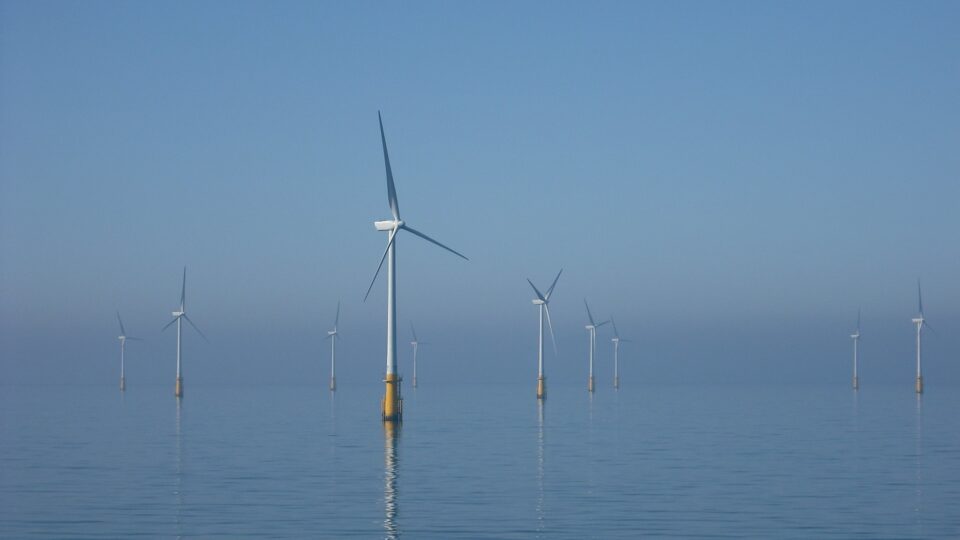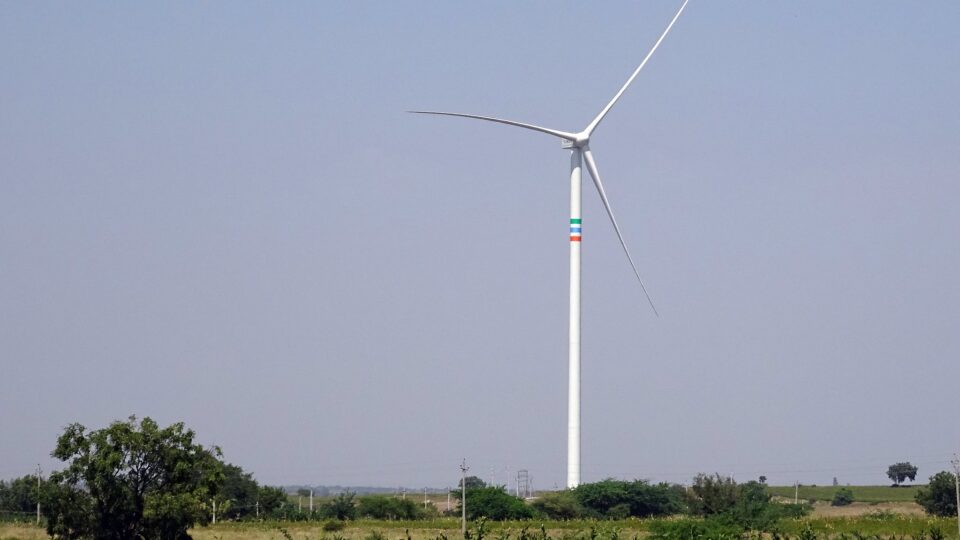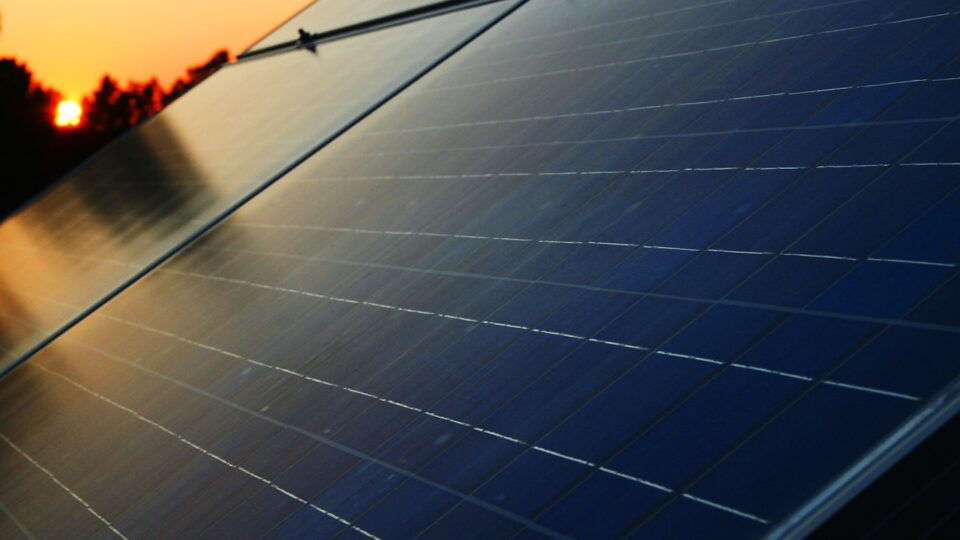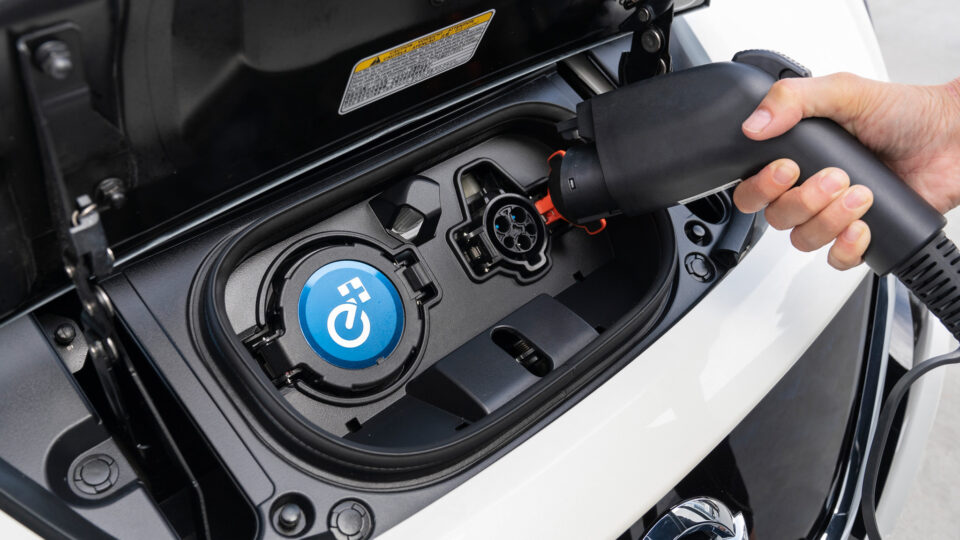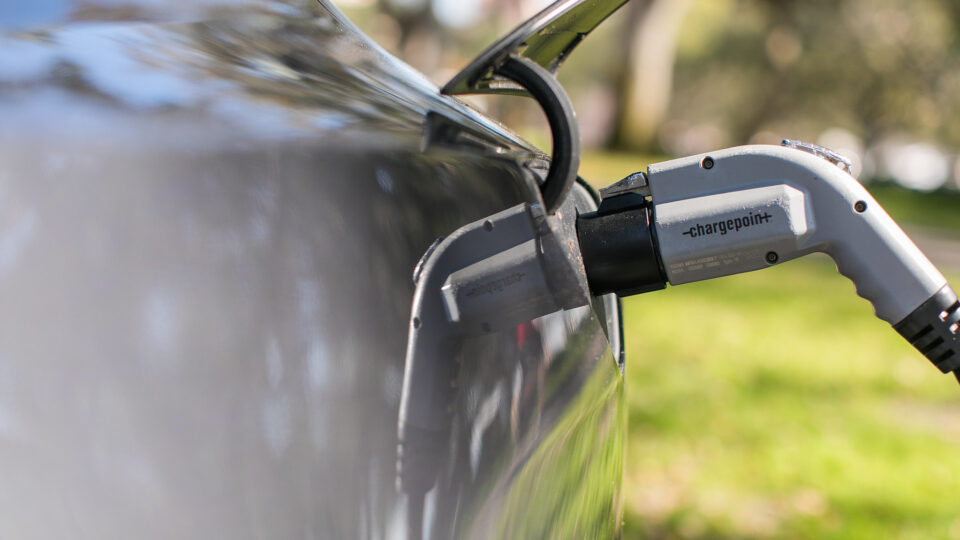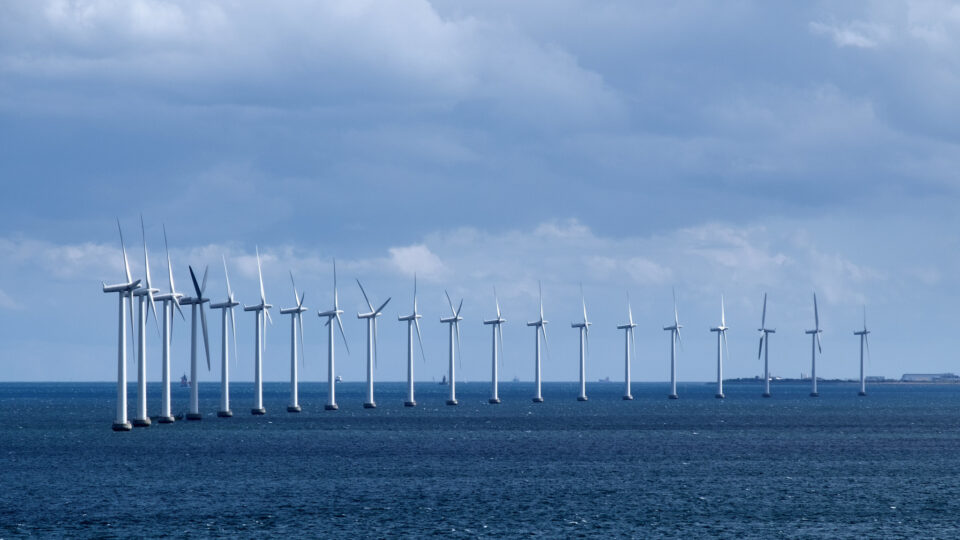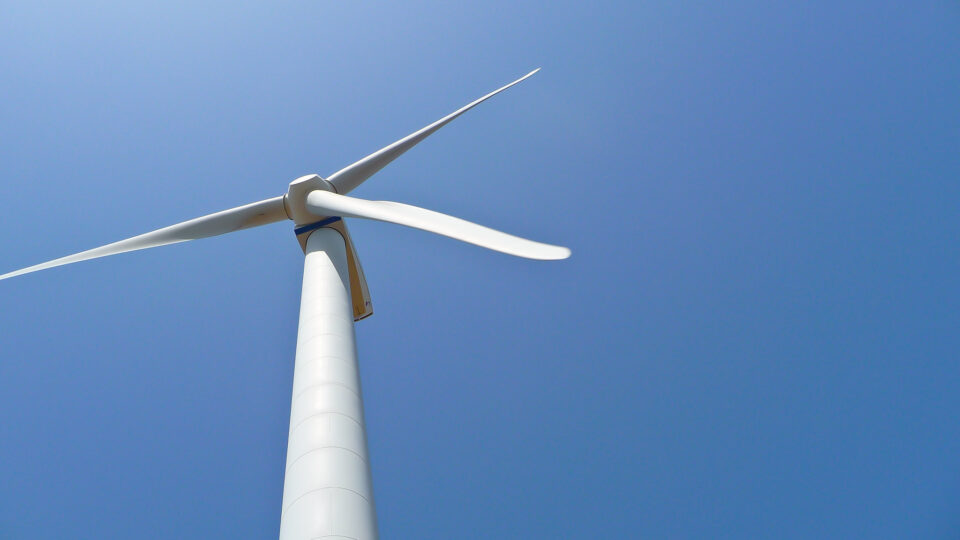In mid-January, the New York State Energy Research and Development Authority announced that it had finalized contracts with BP and Equinor for the Empire Wind 2 and Beacon Wind offshore wind farms.
The agreements brought to fruition contracts that were awarded in January of 2021 and represent one of the largest clean energy procurements ever in the United States.
Under the finalized contracts, Equinor and BP will provide 1,260 megawatts of offshore wind power from Empire Wind 2 and another 1,230 megawatts from Beacon Wind 1. Once completed, Empire Wind 1, Empire Wind 2, and Beacon Wind 1 will produce enough electricity to power about 2 million New York homes.
As part of the project, there will be substantial investments in New York infrastructure. The South Brooklyn Marine Terminal will be transformed into a major staging and assembly facility for the offshore wind industry and will be an operations and maintenance base for the project. (The project will also invest in the Port of Albany, making it America’s first offshore wind tower and transition piece manufacturing facility).
Empire Wind is located 15-30 miles southeast of Long Island and spans an area of 80,000 acres. Its two phases will eventually have an installed capacity of more than 2,000 megawatts.
Beacon Wind is located more than 60 miles east of Montauk Point and 20 miles south of Nantucket. It covers an area of 128,000 acres. Its two phases will ultimately also have a total capacity of more than 2,000 megawatts.
The wind farms will help generate more than a billion dollars in economic output to New York State. Empire Wind 1 is expected to begin commercial operation in 2026 and the other wind farms over the following couple of years.
**********
Web Links
New York State just sealed a deal for 2.5 GW of offshore wind
Photo, posted March 24, 2016, courtesy of Andy Dingley via Flickr.
Earth Wise is a production of WAMC Northeast Public Radio.
